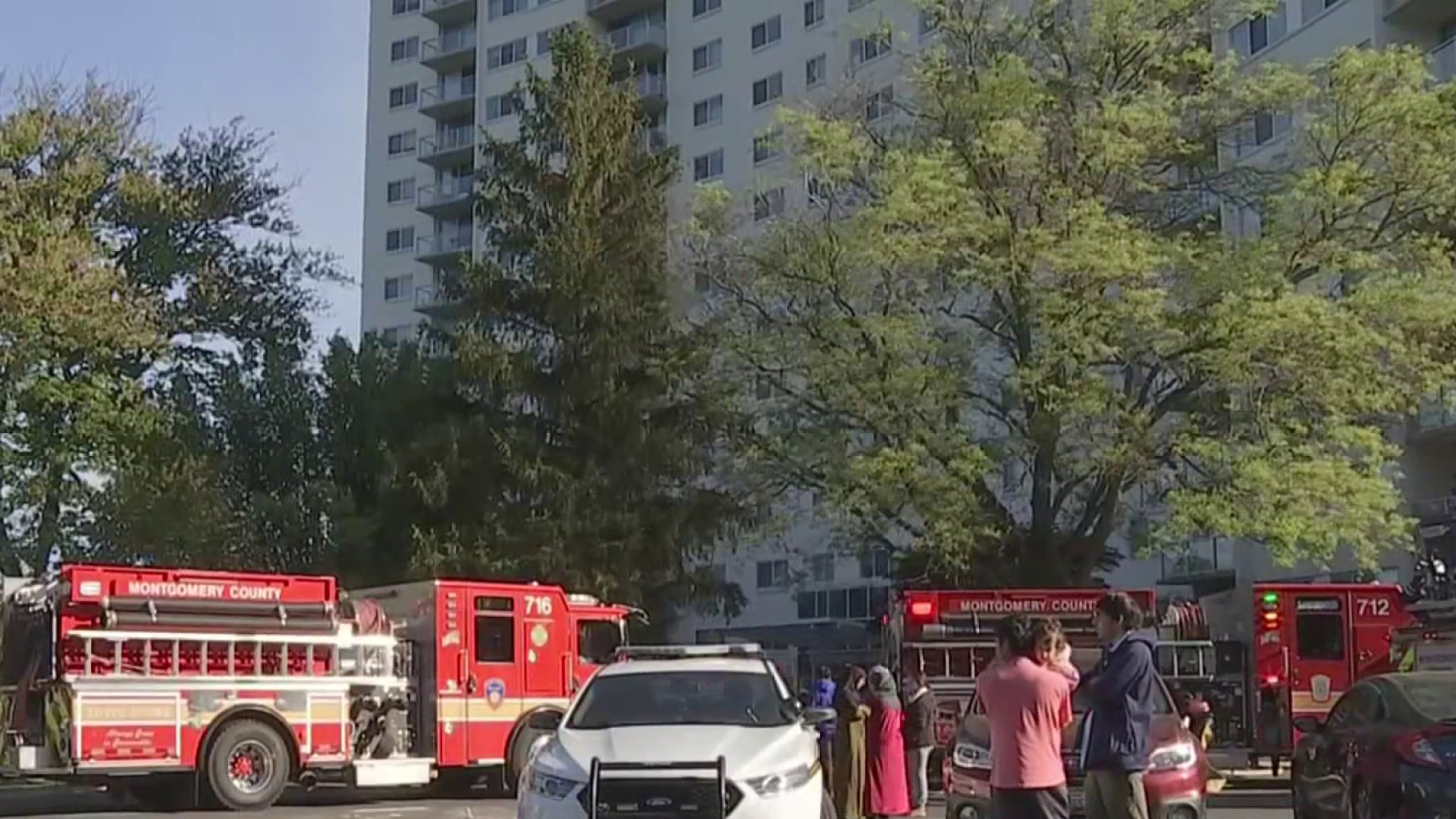Federal prisons in the Washington, D.C. area are dangerously understaffed and lack potentially life-saving equipment, union employees and the family of a slain officer say.
The concerns were raised during a News4 I-Team investigation into staffing levels at federal correctional facilities in Maryland, West Virginia and Pennsylvania.
The I-Team, using federal public records requests, found federal prisons nearest Washington, D.C., are operating almost 10 percent beneath authorized staffing levels. Although overall federal prison staffing has increased since 2005, so, too, did the number of federal inmates.
Sommer Roy, union spokeswoman for federal correctional staffers in Maryland and West Virginia, said there have been several physical assaults on staff in recent months.
“We’re vulnerable in the morning,” Roy said. “We’re also vulnerable in the evenings.”
“During evening watch, there are fewer staff, and inmates are free to go to recreation (activities) and education,” she added. “They’re down in the units and they’re not locked in.”
The I-Team review, using records obtained by congressional researchers, found 6,803 staffers are employed to protect federal prisons in the Mid-Atlantic region, including Maryland and West Virginia. Those prisons are authorized by the federal government to have 7,373 staffers. Safety advocates say the correctional officers are stretched thin and at greater risk of attack because of it.
Local
Washington, D.C., Maryland and Virginia local news, events and information
Don Williams, whose son was killed during an attack by a federal prisoner in Pennsylvania in 2013, said the U.S. Bureau of Prisons must work quickly to beef up its force of correctional officers.
“It’s a no-brainer,” Williams said. “The staffing shortages are going to lead to problems.”
Eric Williams, 34, was stabbed more than 200 times while patrolling a housing unit at the federal prison in Canaan, Pennsylvania. His father said Williams was on patrol alone when the attack occurred. The inmate suspected of the stabbing has been charged with murder for Williams’ death and is facing the death penalty.
Surveillance footage obtained by the I-Team showed an attack on an officer at a federal prison near Seattle in 2012. The footage shows an officer unlocking cell doors when an inmate leaps from a seat and unleashes a beating on the officer. The video shows other inmates intervening to help rescue the employee. Union leaders cited low staffing levels as a factor in the attack.

In a statement to the I-Team, a federal prison spokesman said, “The Bureau of Prisons must determine the cost of all mandatory expenses such as inmate food and medical care, utilities, security, as well as staff salaries and benefit costs.”
“Actual staffing levels have never been 100 percent,” he said. “Staffing levels in the Mid-Atlantic are consistent with other regions in the Bureau of Prisons.”
Union leaders and Williams’ family said his death exposed another vulnerability for federal correctional officers. They said Williams and a large number of correctional officers are not equipped with pepper spray to defend themselves from attack. Jean Williams, his mother, said her son was equipped only with a walkie-talkie and a set of keys.
Pennsylvania congressional leaders formally proposed legislation to better equip correctional officers to prevent attack. The bill, which is co-sponsored by Sen. Bob Casey (D-Pa.), would authorize officers, cafeteria staff and administrative employees in federal prisons to carry pepper spray.
“Guards face thousands of assaults every year,” Casey said, “so it's important we give them the necessary tools to stay safe on the job.”



